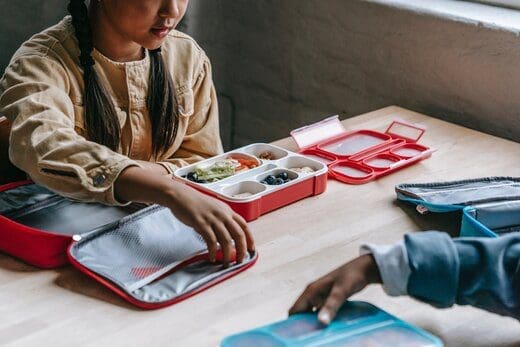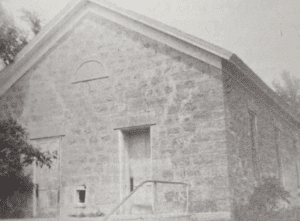By Taylor Jamison, K-State Research and Extension news service
Manhattan, KS— It is almost time for school to begin again, so among many other preparations, parents and kids are getting ready to pack lunches.
Good food safety should be practiced with any type of food preparation, but Kansas State University food scientist Karen Blakeslee says some tips are unique to school lunches.
Packing Lunch
Food safety begins with food prep, said Blakeslee, who shared four tips for packing lunch:
- Anyone who prepares the sack lunch should wash hands with soap and warm water for at least 20 seconds.
- Freeze ice packs or juice boxes the night before to keep food cool inside the container. “There should be at least two cold sources,” Blakeslee said. “Place them on the top and bottom of the perishable food.”
- Wash fruits and vegetables with water and blot dry with a paper towel.
- Pack just the amount of food needed for lunch, which reduces the risk of unsafely stored leftovers and food waste.
At School
“Remind kids to store their lunch in a refrigerator at school, if available,” Blakeslee said.
If a refrigerator is not available to students, ice packs should keep food cold for about four hours, if you pack the right amount and items are placed correctly. An insulated lunchbox will stay cold for even longer.
During Lunch
“Hand washing is an important step before eating any food,” said Blakeslee, who urges parents to remind their children to wash their hands thoroughly before eating lunch.
In addition, Blakeslee pointed to the risks of kids sharing food with others.
“Don’t share lunch with other kids because of the risk of food allergens,” she said. “And don’t accept food items from friends if (you are) allergic to certain foods.”
Leftovers?
Leftovers should be safe to eat as long as they are kept sufficiently cool. But, if the ice packs have melted, it is best to throw them out.
What about food that has been opened or the container punctured?
“This depends on the food and what damage occurred,” Blakeslee said. “If it looks like contamination has occurred, the food should not be eaten. Try to pack food items in sturdy containers and lunch bags to keep food as safe as possible.”
For more school lunch food safety tips, the Partnership for Food Safety Education offers an online flyer.
Blakeslee, who is also coordinator of K-State’s Rapid Response Center for Food Science, publishes a monthly newsletter called You Asked It!. More information is also available from local extension offices in Kansas.













